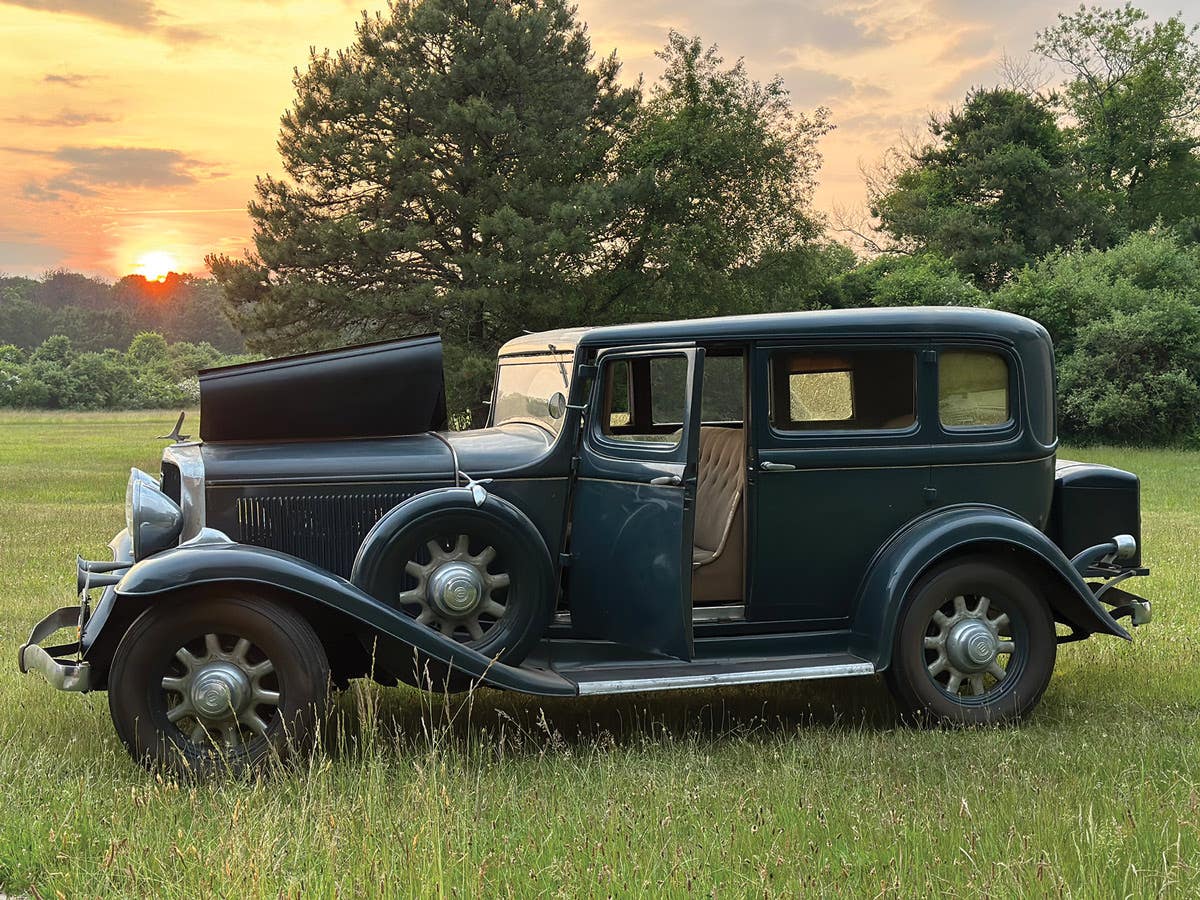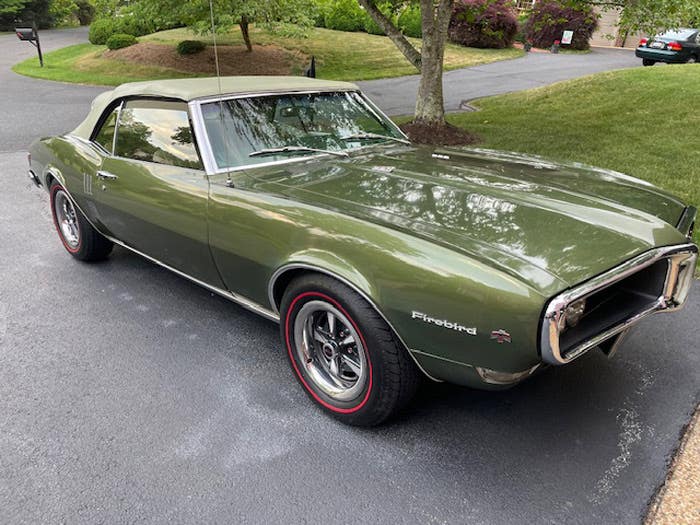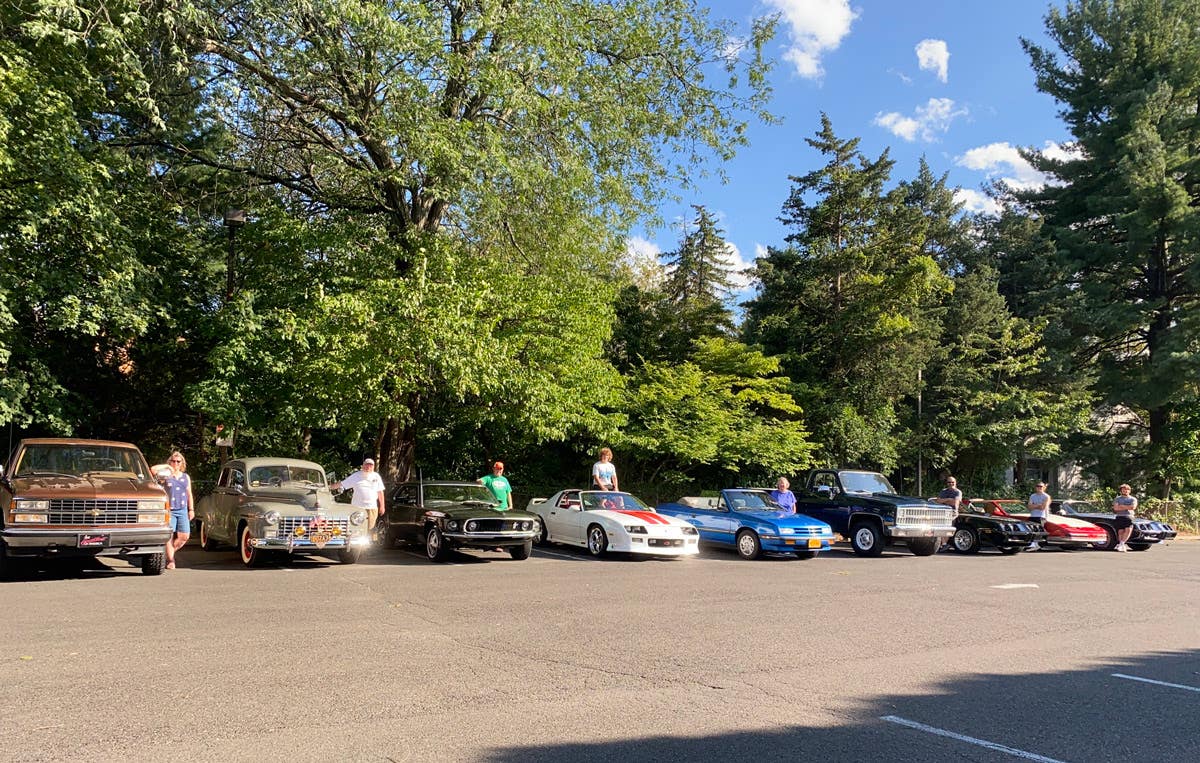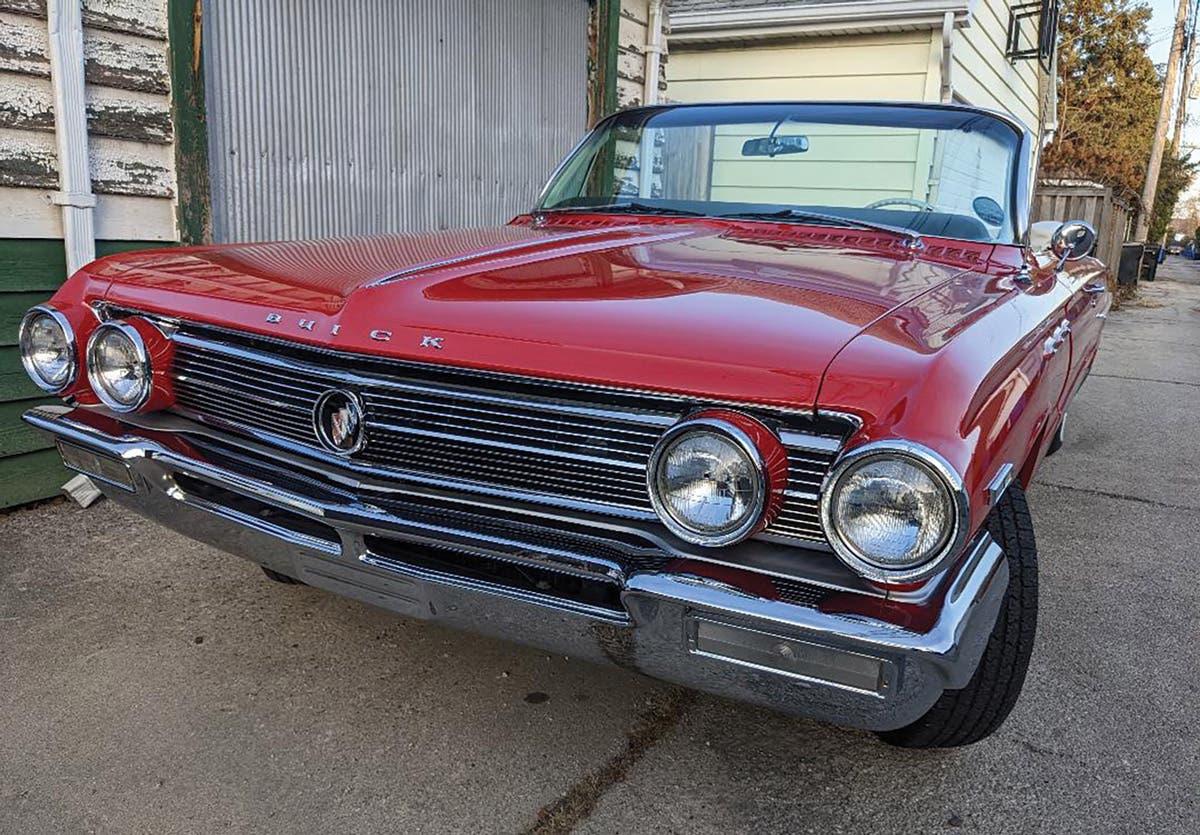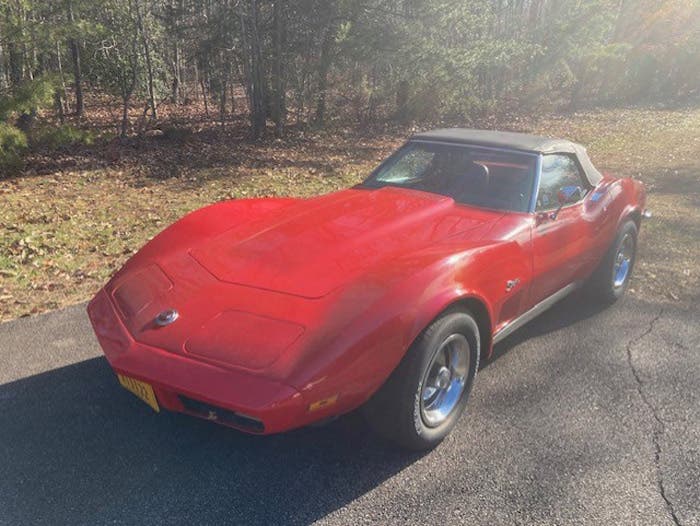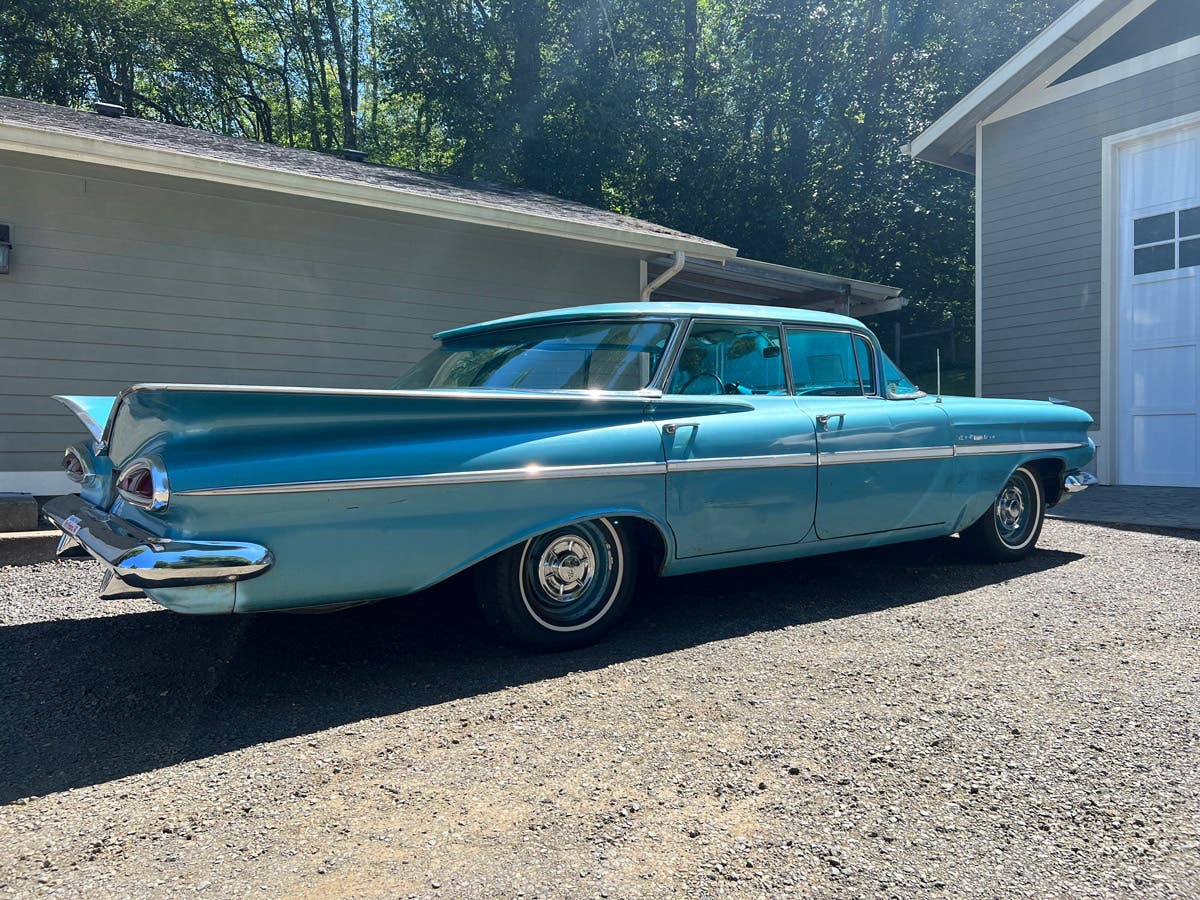A Stellar Stash of Vintage Iron
A chance church meeting led an OCW reader to a stellar collection of old cars. Was it divine intervention?
Editor’s note: The following story was submitted by reader Dick Downing upon seeing several “found car” stories. If you have a story, e-mail angelo.vanbogart@fwmedia.com or write to: 700 E. State St., Iola, WI 54990.
As a longtime reader of Old Cars Weekly, and having tinkered on old cars since the 1940s, I am sending you a few pictures of my latest find. Yes, they are still out there.
In 2005, a person in my church asked if I could help him in disposing of his deceased father’s old cars. Not knowing what I was getting into, two friends and I went with him from our Indianapolis home to the Detroit area and found four storage units full of partially disassembled cars and tons of parts. Also at his home was a workshop full of parts and tools. His widow had already sold several old Volkswagens and Mercedes-Benz models from the 1960s. We had only a week to empty the storage units. This time period was too short for an auction or bids, so I made an offer for the lot and she accepted with the provision that a 1949 MG-TC be assembled to running condition for her grandsons — a challenge we accepted.
We then assembled a convoy of three pickups and trailers and started sorting and loading. The MG was totally apart and in 35 different boxes, along with many other car parts. A late-1931 Ford Model A pickup was likewise apart with its pieces scattered. A Marmon sedan from the collection was missing its bumpers and interior upholstery, and a Blackhawk coupe was partially apart and its pieces were scattered. Not knowing for sure what parts belonged to each car further compounded the project. We did the best we could and loaded the parts for a trip back to my workshop in Indiana. We then went back and found more parts in his workshop basement and a loft. Luckily, we found nearly all the remaining parts for the four cars.
The Marmon was easy to get running. We had to make several replacements for various die-cast zinc parts that had failed, and we also had to repair the entire fuel system and install an electric fuel pump. The Marmon was a low-mileage example and ran very well, except for a bad rear oil seal leak. I removed the oil pan and found a very clean engine; I don’t believe it had ever been worked on before. I removed the rear bearing cap and discovered that this engine had inserts for main bearings, and also a removable seal gland, which had an easily made cork seal. The inside of the engine was perfect with no damage to the cylinder walls. I reassembled and checked compression — it was to the original specifications. This is a flathead straight-eight engine of about 215 cubic inches in displacement. It started up just fine with no oil leaks and ran very quiet.
The Marmon’s woodwork was good and there was no rust on the body. It had a trunk with a spare clutch plate, gasket set, spark plugs and tune up kit, grease gun and jack. It also had new tires. I did not want to try to upholster this car, so I sold it to a collector from Iowa who had it upholstered. He now drives it regularly in parades and shows.
The Model A truck was complete, but it had many bad parts and other problems, so I decided to sell it to a Model A parts dealer that I know in Illinois.
The MG was quite a challenge. The deceased owner had purchased it new while he was stationed in England after World War II, but he had run it hard and it was rough. It had been apart for about 15 years, but we found about many NOS parts for it. We did manage to reassemble it and install a new wood kit in the body, and started on the bodywork when we discovered a serious problem with the engine. It had a loose wrist pin that had ruined the block even behind sleeving, and the instrument panel wiring and instruments were a mess. At that point, we sold the project to a MG collector and the widow was happy with the money she received for it.
We decided to keep the last car from the collection, a Blackhawk coupe. The Blackhawk was manufactured by the Stutz car company as a lower-cost companion car to the regular Stutz line. The deceased owner had bought it about 60 years ago as his first car, which he drove in high school until the late 1940s. It has been in storage ever since. He started to restore it in 1990 and then it sat. The Blackhawk has about 58,000 miles and the engine runs just fine.
The Blackhawk is an interesting car, as its engine has an overhead camshaft, chain-driven operation directly on the valves, and a second duplex chain drives an accessory shaft with the distributor, generator, water pump and fan, so no belts are required. The car’s six-cylinder engine displaces 252 cubic inches and has a seven-main-bearing crankshaft and aluminum pistons and connecting rods. The radiator has thermostatically controlled shutters.
The car has a chassis oiling system, worm-drive differential, a four-speed transmission with a no-back feature and constant mesh, so no double-clutching is required. The car has very large hydraulic brakes with a vacuum booster and an instrument panel control for booster pressure.
The paint is original, and the body has no rust and the framework has no wood rot. The upholstery is original and in poor condition. Currently, we are in the process of reworking the fenders and running boards, which had some rust damage. The work to make it a good driver is near complete. We have had to make many parts that were missing or in poor condition, especially die-cast parts.
Here in Indianapolis, the buildings in which the Marmon and the Blackhawk were assembled still stand, and I have stood at the very spot my Blackhawk was built. The Stutz complex of buildings is owned by a local businessman and car collector, and they are in very good original shape and can be toured any time.
Perhaps when the Blackhawk is back to its original glory, the car will tour to the complex.
CLICK HERE to tell us what you think in the Old Cars Weekly Forums



